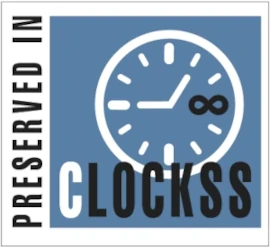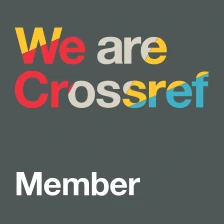The Recurring Appeal of Simplistic Victimhood and Slavery Images: What are the harms? What are the alternatives?
12-10-2016
Representations of human trafficking, forced labour and 'modern slavery' are pervasive within media, policymaking, and humanitarian interventions and campaigns. This issue of the Anti-Trafficking Review explores the ways in which some representations erase the complexity in the life trajectories of people who have experienced trafficking, as well as those who are migrants, women, sex workers and others labelled as victims or 'at-risk' of trafficking. The simplistic and mythological function of the trafficking narrative is most visible in the fact that the trafficking plot never varies: it starts with deception, which is followed by coercion into prostitution, moves on to the tragedy of (sexual) slavery and finally finds resolution through rescue of the victim by police or an NGO. Representations that depict women as kidnapped from their homes, coerced into migration and then imprisoned in brothels create a false dichotomy between 'ideal' and real victims and exclude those women who do not fit the narrow picture of this ideal victim. Contributions in this issue examine visual material and narratives through which trafficking and its victims are represented in film, TV, newspapers and public discourse. The articles investigate representations in Australia, Cambodia, Nigeria, Serbia, Denmark, UK, and USA. Several authors explore how opportunistic actors, including artists, the media and activists exploit images of suffering to further their own agendas, rather than question the structures that enable exploitation. Others show how notions of trafficking and slavery are deployed in order to establish borders of belonging and citizenship: how exploited migrant workers in Australia may be called either 'slaves' or 'illegal immigrants', depending on the interests they serve; and how, at the US-Mexico border, victims of trafficking are constructed and racialised as Mexican, despite their ethnic and cultural similarities with people on the US side of the border. The recurring appeal to portray women victims of trafficking in some contexts as 'white slaves' is examined in this issue in turn-of-the-century England and in present-day Serbia. Finally, two authors examine films. One explores the appeal of sensational exposés like Lifetime Television's Human Trafficking and looks at film franchises to explain the preponderance of similar programming. The other, a filmmaker herself, discusses ethical and aesthetic predicaments in producing non-simplistic representations of trafficking and sex work migration.Ultimately, this special issue highlights the fact that stereotypical trafficking representations conveniently distract the global public from their increasing and shared day-to-day exploitability as workers because of the systematic erosion of labour rights globally. Crucially, the issue also discusses positive alternatives and how to represent trafficking differently.View the new issue at http://www.antitraffickingreview.org/index.php/atrjournal/issue/view/15



